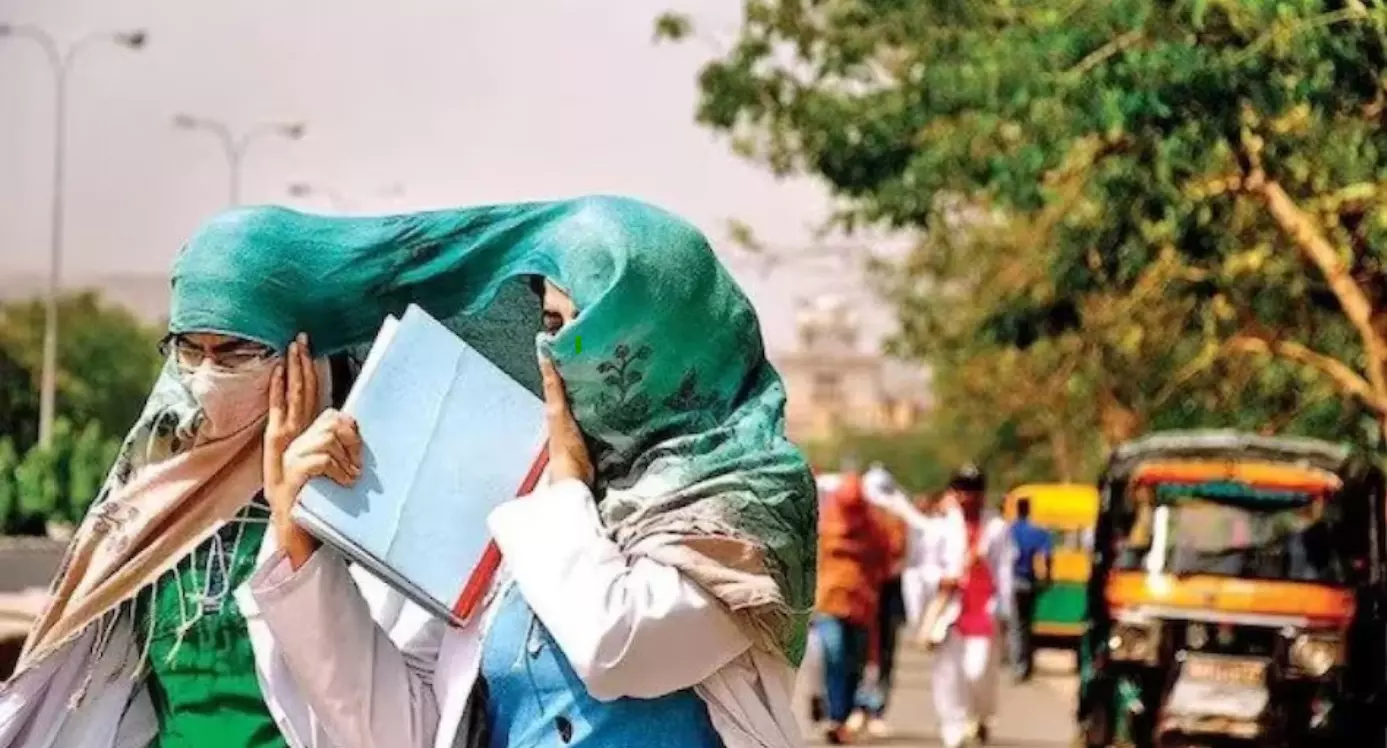Lethally hot

The large number of deaths in Ballia and Deoria districts of Uttar Pradesh and Bhojpur district of Bihar is a sure signifier of the immense heatwave that looms over northern India. But the fact that certain districts have reported more fatalities than others points toward other differentials that might be playing a role in deteriorating the situation. Interestingly, after the medical superintendent at the local government hospital in UP attributed the deaths to heatwave, he was transferred for making a “careless” statement. The prompt action against the officer implies that while heat may be one factor behind the deaths, there are other factors that need to be probed as well. Meanwhile in Bihar’s Bhojpur district, there is little ambiguity, as heatwave has been confirmed as the cause of deaths. Ascertaining of the exact cause of death is of critical importance, as it guides the path to gauging the depth of the problem and devising strategies to address the same. Bihar, sadly, has been among the worst-faring states in this regard. Last year, the Office of Registrar General of India compiled a report on medical certification of the cause of death (MCCD) for the year 2020. The report placed Bihar at the 34th position in terms of medical certification of registered deaths. Out of the 4.25 lakh deaths that were registered in the state in 2020, only 14,591 — 3.4 per cent — were medically certified. For the sake of comparison, the share of medically certified deaths at the national level was 22.5 per cent, with Goa certifying 100 per cent deaths. This is a clear indication of the lapses prevailing in a large part of northern India. Uncertainty over the causes of deaths is a major barrier to minimising the fatalities resulting from a range of factors including heatwaves. Hopefully, the Uttar Pradesh administration will soon figure out the exact causes of death and take appropriate preventive actions. As far as heatwave-related fatalities are concerned, the occurrence is not uniform across geographies and socio-economic divides. The stark difference in living conditions and unavailability of cooling devices and spaces play a crucial role in rendering people in certain areas more vulnerable to heatstroke-driven deaths. Inadequate access to reliable electricity, lack of proper housing with ventilation, and limited availability of air conditioning contribute to the heightened risks faced by individuals living in impoverished districts. Apart from this, a person’s general well-being and health status are also important factors. Yet another crucial aspect is the awareness among the masses. People need to be made aware about different phenomena relating to heatwaves, particularly those which can lead to severe health hazards and death. Heat exhaustion and heatstroke, for example, are two such phenomena. Both conditions require different levels of medical attention. Heat exhaustion is a milder form of heat-related illness and occurs when the body overheats due to prolonged exposure to high temperatures. Its symptoms include excessive sweating, fatigue, dizziness, and nausea. Heatstroke, on the other hand, is characterized by a core body temperature above 40 degrees Celsius (104 degrees Fahrenheit), accompanied by confusion, seizures, rapid heartbeat, and unconsciousness. Immediate medical attention is crucial in cases of heatstroke. In heat exhaustion, there is excessive sweating — a mechanism that regulates body heat according to the external temperature. In heatstroke, sweating proves to be inadequate, thus leading to trapping of the heat inside the body. In the case of heat exhaustion, healthy fluids — excluding caffeine and carbonated drinks — should be taken. Heatstroke, on the other hand, requires immediate medical attention. In general, people must avoid getting out in the sun during peak hours, and if they have to go anyway, they must ensure shade and proper hydration. In fact, hydration of the body is something that should become a part of the habit during summers. The governments, meanwhile, should ensure proper living conditions for vulnerable sections of society, because heatwaves are becoming increasingly intense with time. Regular supply of electricity and proper tracking of the causes of deaths and heat-related illnesses are also necessary.



